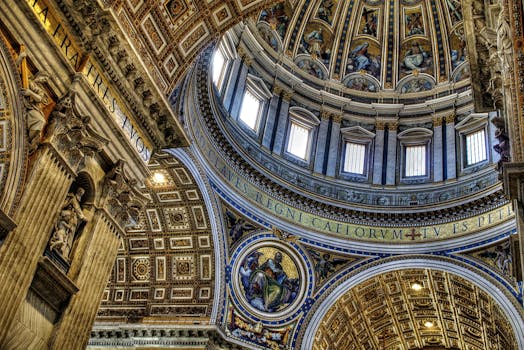
Traveling Through Time: How Europe’s Historical Heritage Shapes Modern Lifestyles in 2025
Traveling Through Time: How Europe’s Historical Heritage Shapes Modern Lifestyles in 2025. Europe, with its vast and diverse historical heritage, has always been a fascinating continent to explore. From the ancient ruins of Greece and Rome to the medieval castles of England and France, Europe’s rich history has shaped the modern lifestyles of its citizens in countless ways. In this article, we will delve into the ways in which Europe’s historical heritage continues to influence modern lifestyles in 2025, from architecture to art and culture.
Architecture and Urban Planning
The historical heritage of Europe can be seen in its architecture and urban planning. Many European cities, such as Paris, Rome, and Barcelona, have preserved their historical buildings and landmarks, which continue to inspire modern architects and designers. The use of traditional materials, such as stone, brick, and wood, is still prevalent in many European cities, giving them a unique and distinctive character. Additionally, the narrow streets and alleys of many European cities, which were originally designed for horse-drawn carriages, have been adapted for modern transportation, with many cities now featuring bike-friendly lanes and pedestrianized zones.
Art and Culture
Europe’s historical heritage has also had a profound impact on its art and culture. The continent is home to some of the world’s most famous museums, such as the Louvre in Paris and the Uffizi Gallery in Florence, which house an incredible collection of historical artworks. The influence of European art and culture can be seen in modern music, film, and literature, with many artists and writers drawing inspiration from the continent’s rich cultural heritage. Furthermore, many European cities continue to celebrate their historical heritage through festivals and events, such as the Venice Carnival and the Tomatina festival in Spain.
Cuisine and Food Culture
European cuisine is another area where the continent’s historical heritage is still evident. Many traditional dishes, such as Italian pasta, Spanish paella, and French escargots, have been passed down through generations and continue to be enjoyed today. The use of local and seasonal ingredients, which was originally driven by necessity, has become a hallmark of modern European cuisine, with many restaurants and chefs emphasizing the importance of sustainability and locally sourced produce. Additionally, the tradition of wine production, which dates back to ancient times, continues to play an important role in many European cultures, with wine being an integral part of many social and cultural events.
Conclusion
In conclusion, Europe’s historical heritage continues to shape modern lifestyles in 2025, from architecture to art and culture. The continent’s rich history has left an indelible mark on its cities, landscapes, and cultures, and continues to inspire and influence modern European society. Whether it’s the preservation of historical buildings, the celebration of traditional festivals, or the emphasis on locally sourced produce, Europe’s historical heritage remains an integral part of modern European lifestyles.





